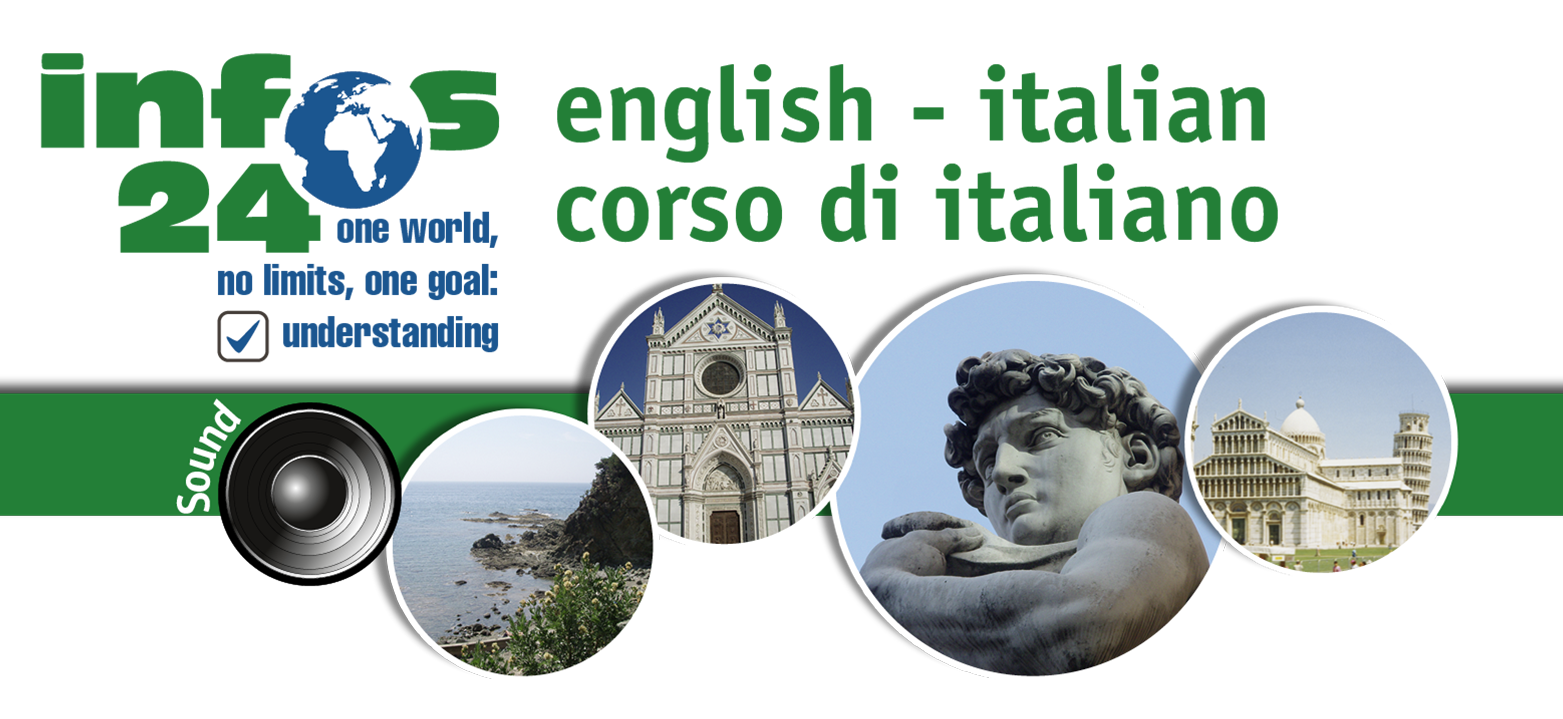
| 5.1 Introduction |
The overwhelming majority of words does not have a 'gender' in the strict sense of the word. La tavola (the table) is feminine in Italian, but nobody would attribute typical feminine characteristics to a table and although a cucchiaio (spoon) is masculine in Italian, it is really hard to see why a spoon is masculine. Normally the gender is arbitrary and differs from one language to another (it differs even from one Roman language to the other, in Spain, la cuchara, is feminine).
Besides that, normally there is no need to have a feminine and a masculine form of a noun, there is only one form and this form is either feminine or masculine. You only need two forms when talking about livings things because only then you have a basic version, the masculine form, and a more sophisticated and complex version, the feminine version.
You have two versions in nationalities (Italiano <=> Italiana / Italian), professions (panettiere <=> panettiera / baker), religions (cristiano <=> cristina / christian), academic titles (dottore <=> dottoressa / PhD), animals (gatto <=> gatta / cat), relatives (nonno <=> nonna / grandfather <=> grandmother) and so on.
In the case of adjectives, obviously, the situation is completely different. Since adjectives must match in gender and number with the noun they describe you need a feminine and a masculine form of each adjective.
| contact privacy statement imprint |